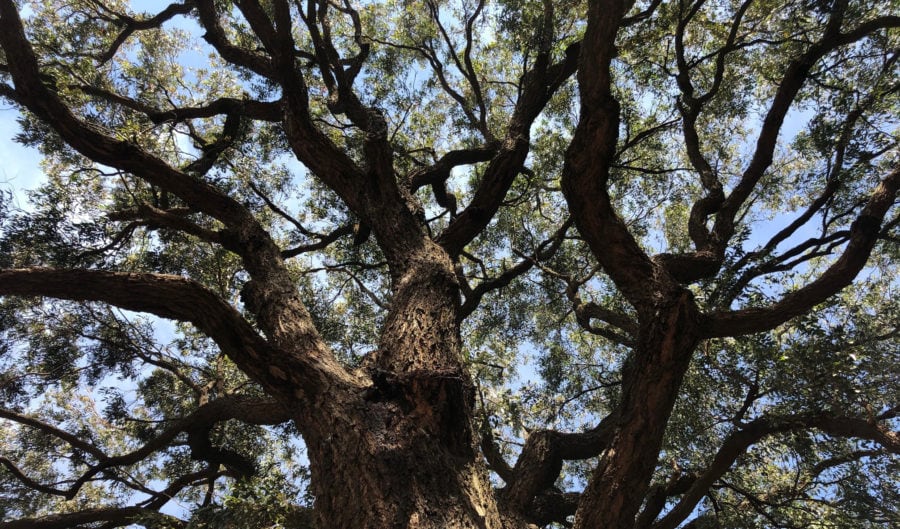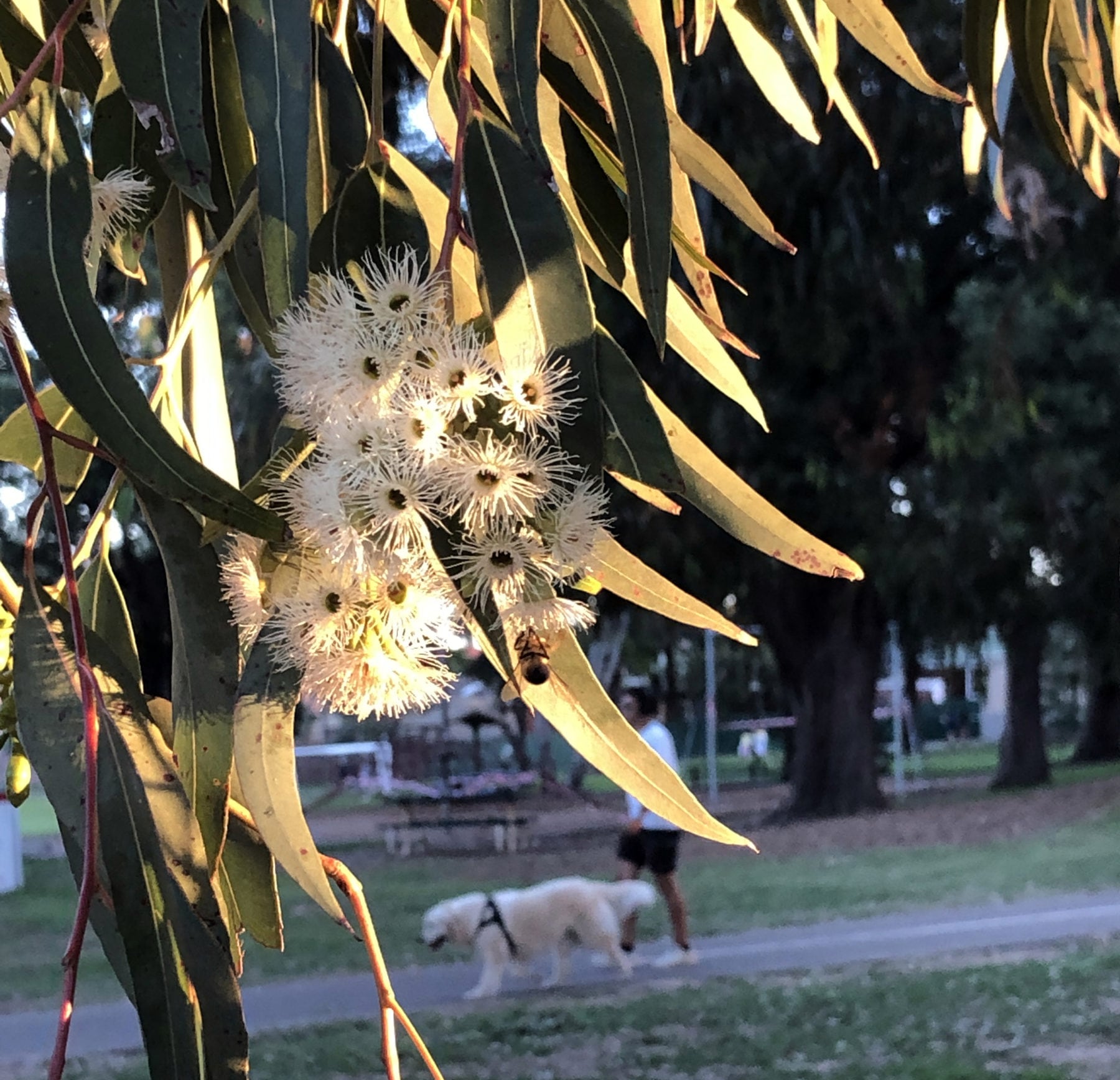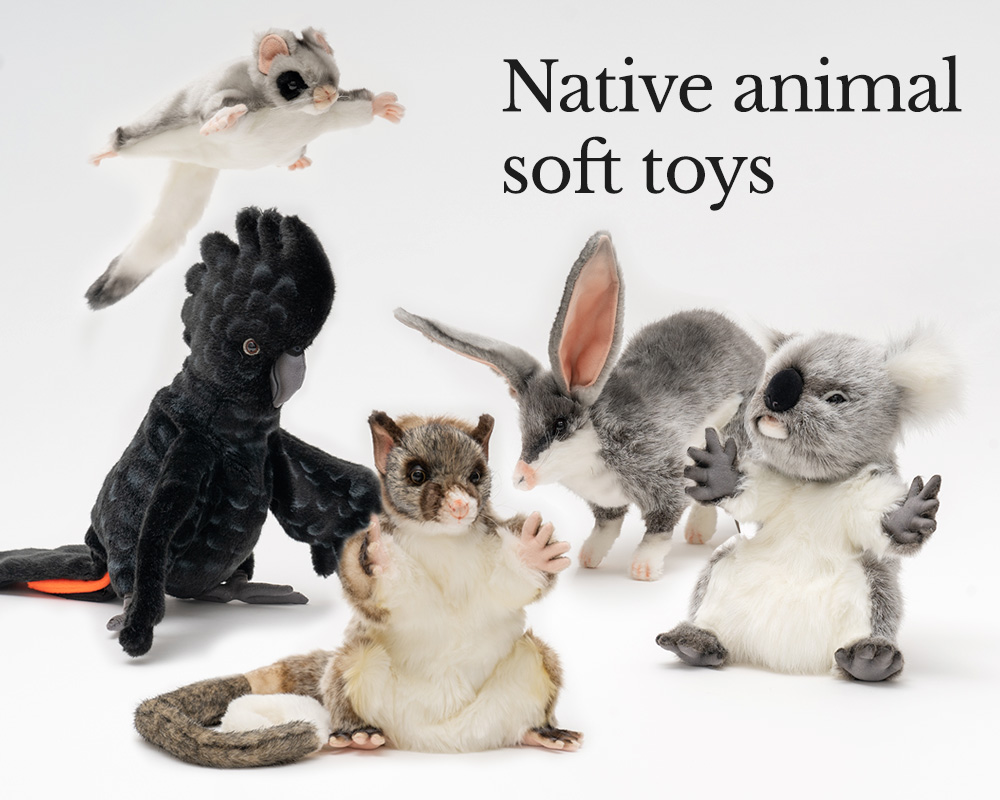Isolation has made me more aware of my surroundings

WHEN I WAS young, my parents brought me and my sisters to Olds Park at Penshurst every year for the Illawarra Catholic Club’s annual Christmas fair. My collection of childhood memories is few – bolstered by photos and the anecdotes we tell over and over – but I remember visiting that park so well that I could tell you what I was wearing (a shirt with a blue dog on it, and matching shorts) and that I cried on the Ferris wheel with my sister’s friend, terrified of heights.
In high school, I passed the park every day on the bus to school. In university, we played basketball there and trained with friends, all flooded with youthful ambition, for running the City 2 Surf. When I moved back into the area two years ago, I would occasionally make it there after work to jog a quick lap while listening to podcasts, thinking about everything that had happened in the office and everything I had to do when I got back home.
Considered all together, the park has been a backdrop for my life for much longer than I realised. And it was just a backdrop – in my memory the equivalent of some rough trees painted on a flat canvas sheet dropped behind the oval and the paved netball courts.
Now I’m seven weeks into working from home during this time of self-isolation, and I am learning the park properly. Sometimes I walk with a friend, but mostly I’m at the park alone, without headphones. It’s easier alone because most of my laps are slow, interrupted by pauses to see what the lorikeets in the southern corner are doing, or how busy the bees are (they are always busy and it is always nice to watch).
Olds Park has an AFL field, a soccer field, cricket wickets and practice nets, concrete and grass netball courts, a skateboarding ramp, a basketball court and Little Athletics facilities. For me, most importantly, wrapping around all that is a 1.2km path woven through stands of mature trees. The trees scattered through the park are actually a remnant of the critically endangered Sydney Turpentine-Ironbark Forest that used to extend from here west to Auburn and north to Glebe back before European settlement. There’s grey ironbark, red mahogany, white stringybark, mountain grey gum, and turpentine – trees I know not by sight, but because I’ve been bringing dropped branches home to research.

The first walk I did there during isolation, I was with a friend, and I stopped at least two times. Once for a dragonfly, buzzing furiously in the low, damp northwest section and the second when a sacred kingfisher swept low past us, resting on a branch and watching me watching it. I started a list not long after, of the bird species I’d spotted in the park. The list grew and grew. The usual suspects abounded – magpies, sulphur-crested cockatoos, noisy miners, crested pigeons and ibises all intermingled. I found not just rainbow lorikeets, but musk lorikeets. Welcome swallows darted over the oval while a pair of masked lapwings stalked the Little Athletics field.
These birds were always there in the park, but I hadn’t seen them before, or listened well enough to discern their calls.
Slowly I noticed more than the birds – common dart butterflies flitting past my feet, a hive of interloping European honey bees in a hollow in my favourite turpentine. There’s more that I haven’t seen yet – there’s a big hollow in one of the trees and I haven’t met the residents, though I’m hoping if I go down late enough one day soon, I’ll spot a glider or a powerful owl.
Annie Dillard wrote a Pulitzer-prize winning book about her time spent trying to understand the landscape of the universe by trying to understand the creek near her house. In Pilgrim at Tinker Creek she wrote, “I am as passionately interested in where I am as is a lone sailor sans sextant in a ketch on the open ocean. What else is he supposed to be thinking about? Fortunately, like the sailor, I have at the moment a situation which allows me to devote considerable hunks of time to seeing what I can see, and trying to piece it together.”
This time of isolation has been, in some ways, a time of great and quiet joy. I know that I can see that and say that because of the many privileges I have – a secure job, a safe place to live, access to a neighbourhood park, a support network of friends and family. But it has been. I’ve been slower in my thinking and my actions. My eyes are wider – not only at the park, but in the rest of my life. I’m more intentional with my time and in my relationships.
The butterflies and birds I pause to see, from the lapwings at the park to the juvenile magpie who just yesterday afternoon was hunting for worms in the vegetable patch in the yard, are a part of something bigger. A shifting of the lenses to allow in more light – to see more, and to see better.
This shift in sight and speed probably comes down to time. I have more time now – no commute, no activities and events. But I think there’s also some innate desire to understand better. The world shifted so dramatically beneath my feet this year, and I can reclaim a bit of stability in understanding my neighbourhood better – in watching how the birds continue to flit and fight and feed, in seeing the bees go buzzily and busily about their unending work, in realising that this patch of landscape has survived hundreds of years of land-clearing and development.
In the park, it means that when I pass people on the path I want to stop and tell them that it’s a critically endangered landscape, that there’s musk lorikeets above them. I want them to see what I can see, to marvel at it. And now that my eyes have adjusted, I want to see more – to know who lives in that hollow, to see the lizards and the mammals that must creep through the park when night falls.
Annie, again, puts it well. “I am no scientist. I explore the neighbourhood…I walk out; I see something, some event that would otherwise have been utterly missed and lost; or something sees me, some enormous power brushes me with its clean wing, and I resound like a beaten bell.”


